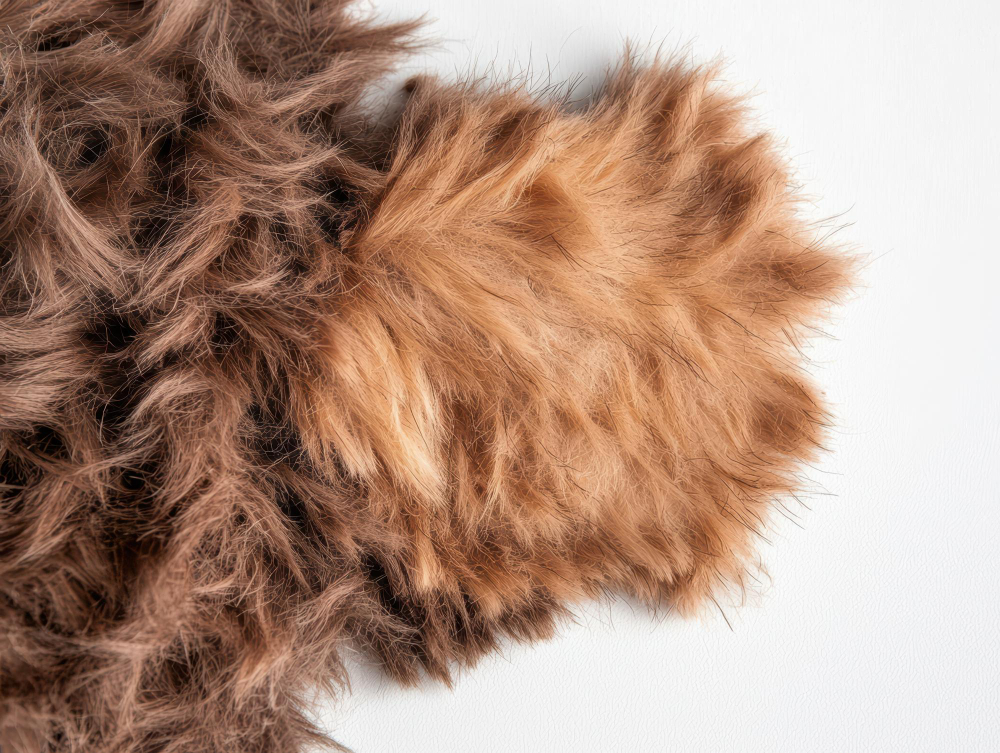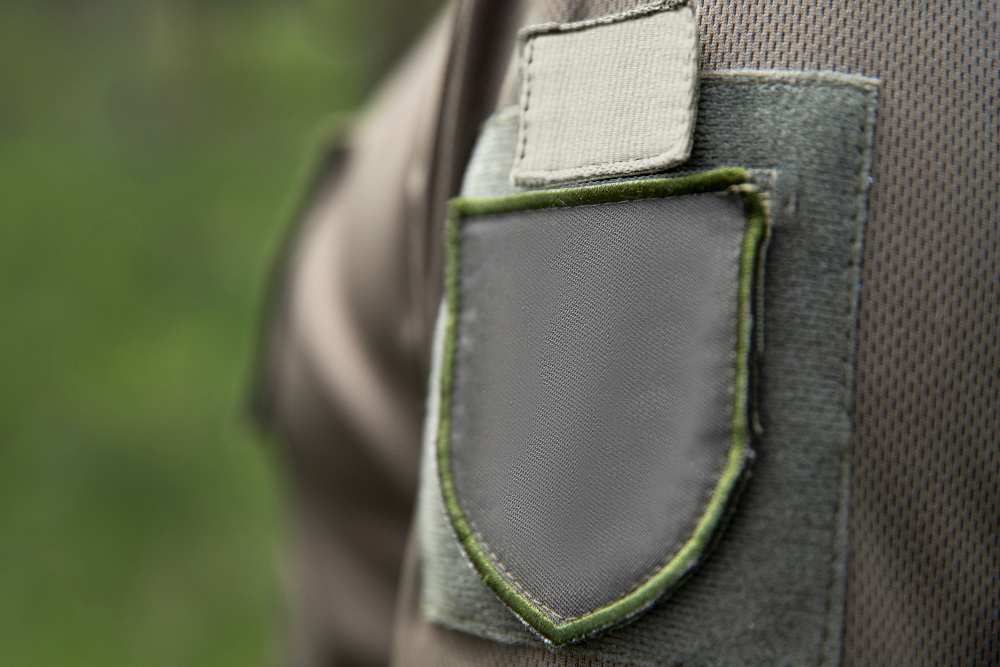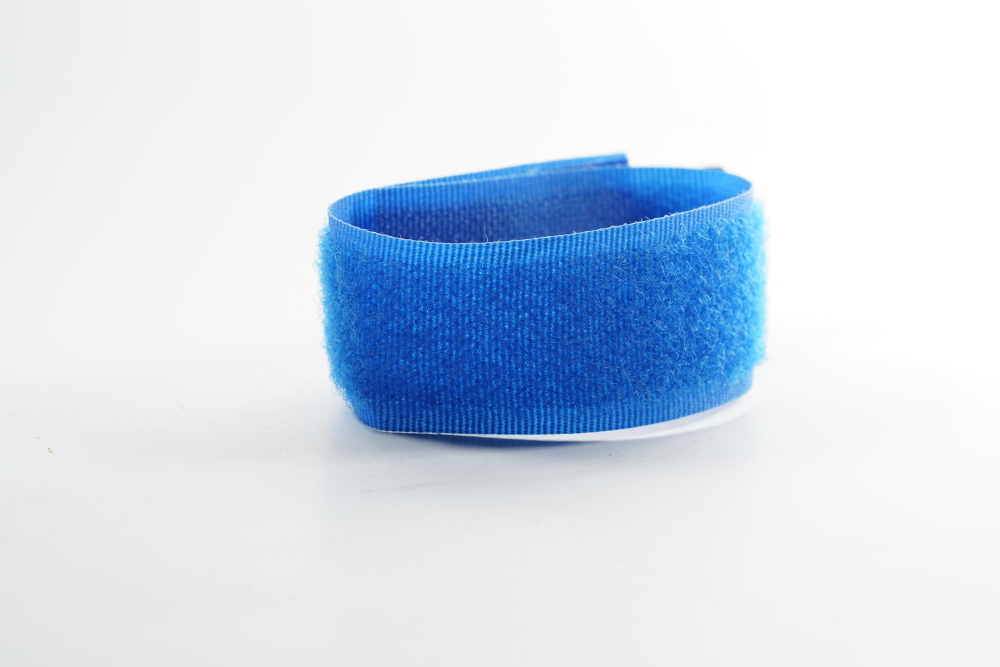Introduction: A Modern Marvel Hidden in Plain Sight
It’s on your shoes, your backpack, your jacket, maybe even your wall. Velcro is everywhere — quiet, reliable, and endlessly useful. But behind this everyday fastening system lies a fascinating story of curiosity, nature, and innovation.
In this article, we’ll explore the historia del velcro, trace the invención velcro, and uncover the surprising origen del cierre velcro. This is a tale that starts on a hiking trail… with a very observant dog owner.
A Walk in the Woods Leads to a Brilliant Idea
In 1941, Swiss engineer George de Mestral went for a walk with his dog in the Alps. When he got home, he noticed both of them were covered in burrs — the tiny, spiky seed pods that cling stubbornly to fur and fabric.
Most people would have brushed them off and moved on. But de Mestral was curious. What made those burrs stick so well?
Under a microscope, he saw that the burrs were covered in tiny hooks, which latched onto loops in fabric and fur. That observation sparked an idea: what if we could recreate this natural mechanism to make a reusable fastener?

The Invention of Velcro: Engineering Nature
It took years of experimentation. De Mestral had to find the right materials and manufacturing method to recreate the hook-and-loop structure. Eventually, in 1955, he patented his invention: a two-part fastener made of nylon hooks on one side and soft loops on the other.
He named it Velcro, a combination of the French words velours (velvet) and crochet (hook).
At first, the idea was met with skepticism — who would want this weird plastic fastener? But slowly, people began to see its potential.
From Space Missions to Sneakers: Velcro Goes Global
One of Velcro’s first big breaks came from NASA, which used it in the 1960s to secure items in zero gravity. Suddenly, Velcro was futuristic and functional. Its popularity soared.
Soon after, it appeared in:
- Medical equipment: for adjustable braces and straps
- Children’s shoes: easy to use and safer than laces
- Military gear: quick-release vests and pouches
- Everyday fashion: jackets, backpacks, and more
Today, the historia del velcro includes a long list of industries, from healthcare to automotive to fashion.

How Velcro Works: The Science of Hooks and Loops
The Velcro fastener consists of two fabric strips:
- One covered in tiny hooks
- The other with soft loops
When pressed together, the hooks grab onto the loops, creating a strong bond. When pulled apart, the hooks release with that famous “ripping” sound.
It’s simple, reusable, and doesn’t wear out quickly — all thanks to nature’s clever design.

The Unexpected Origin of the Velcro Closure
The origen del cierre velcro is unusual because it wasn’t designed in a lab — it was discovered in nature. De Mestral’s genius was recognizing a problem-solving pattern in the wild and turning it into technology.
Velcro is part of a larger trend known as biomimicry — design inspired by nature. Other examples include:
- Gecko-inspired climbing pads
- Sharkskin swimsuits
- Lotus leaf–inspired water-resistant coatings
Fun Facts About Velcro
- Velcro was first used commercially in the 1960s — making it a relatively young invention.
- The Velcro brand name is trademarked, but people often use it generically.
- High-quality Velcro can withstand thousands of uses without losing grip.
- Velcro helped revolutionize adaptive clothing for people with limited mobility.
Conclusion: A Sticky Idea That Stuck
From a dog walk to outer space, the historia del velcro is a reminder that innovation can come from the simplest moments. The invención velcro wasn’t just a new way to close shoes or bags — it was a leap in how we think about design, functionality, and the hidden brilliance of the natural world.
Next time you hear that satisfying rip of Velcro, remember its journey — and the curious Swiss engineer who saw greatness in a burr.
